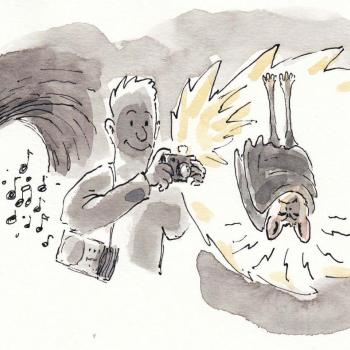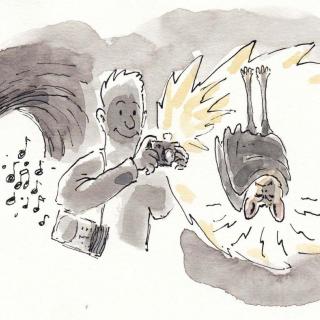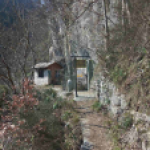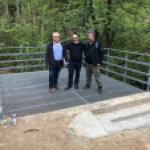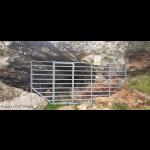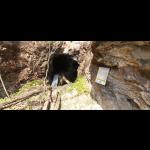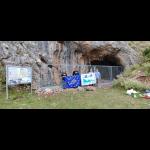Recommendations for visits to important bat roosts
One of the seemingly "innocent" but often detrimental pressures on the program's bat species is the human presence in important roosts, whether for speleological expeditions, archeological excavations, or other scientific activities or leisure visits. Especially during the period of birth and upbringing of newborns (nurseries, May - July) but also in winter (November-February), in the coldest caves, human presence can lead to mass deaths immediately or in the medium term.
As part of LIFE GRECABAT, we have prepared a list of the 179 most important bat roosts in Greece and the seasons for which the presence of important colonies in them has been documented. Most of them (101 shelters) are nurseries and therefore the human presence should be avoided in the period May - July. In 36 cases a significant number of bats have been found in winter, but only a few of these shelters are cold enough for hibernation (usually caves in areas above 1,000 masl). For the rest the human presence on the hottest days of the winter is not so harmful, as bats do not fall into deep torpor.
In any case, regardless of the season, visits to shelters in the presence of bats should be as discreet as possible, with a small number of members, limiting heat, sound and other pollution (avoiding the use of machinery, carbide lamps, smoking, noise) and have as short a duration as possible.
| Attachment | Size |
|---|---|
| Κατάλογος σπηλαίων με εποχές παρουσίας σημαντικών αποικιών | 32.31 KB |
| Συνοδευτικό κείμενο | 22.07 KB |



